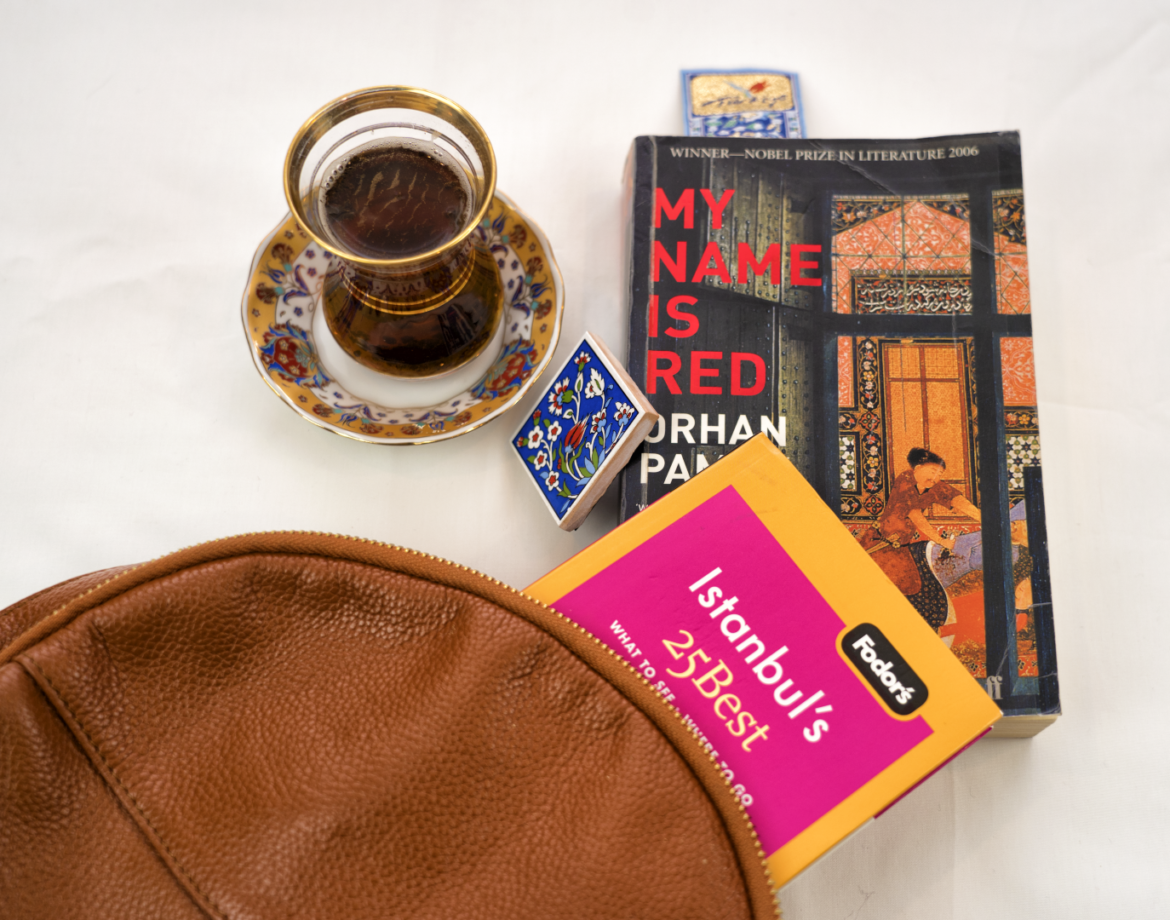“I am nothing but a corpse now, a body at the bottom of a well. ”
― My Name Is Red
With that opening line, My Name Is Red pulls you straight into one of the most unique murder mysteries I’ve ever read. While multiple narrators pick up the thread of story telling, the first chapter is a banger, narrated by a body at the bottom of a well asking you to figuring out who its murderer is.
Nobel Prize winner Orhan Pamuk crafts a rich period piece set in the late Ottoman era, among the squabbling artists of the royal miniature workshop. The Sultan has commissioned a controversial, heretical miniature painting, setting the stage for a political and cultural duel between Western and Eastern values in the empire.
Pamuk brings Istanbul to life through a multitude of voices. There’s the plight of women, seen through the beguiling, beautiful Shekure, who is trying to secure a future for her children. The life of the Jewish community is glimpsed through Esther, a cloth peddler who acts as a messenger for the city’s young lovers. Other aspects of daily life emerge in the narration by a dog, a devil, a gold coin, and even a tree.
“Painting is the silence of thought and the music of sight.”
― My Name Is Red
If that’s not enough narrative variety, there’s also a deep dive into the history and craftsmanship of Persian miniature art through the eyes of four master miniaturists in the Sultan’s court. Tying all of this together is Black, the prodigal son, who’s been tasked with solving the murder, though he’s frequently distracted by his desire for Shekure.
Pamuk takes many literary flights across the 50-odd chapters, but slowly and surely reveals who put the body in the well — and he does it using 21 narrators. A remarkable, brilliant novel.


